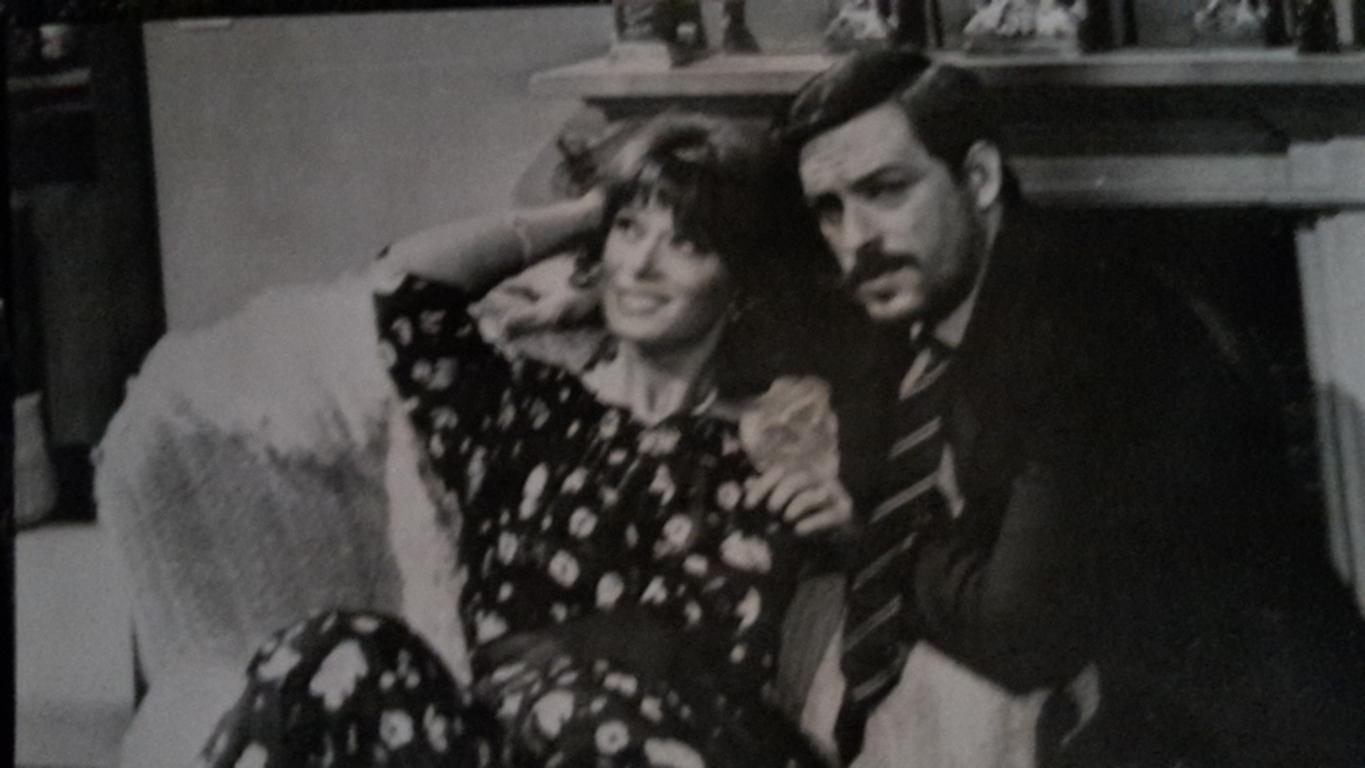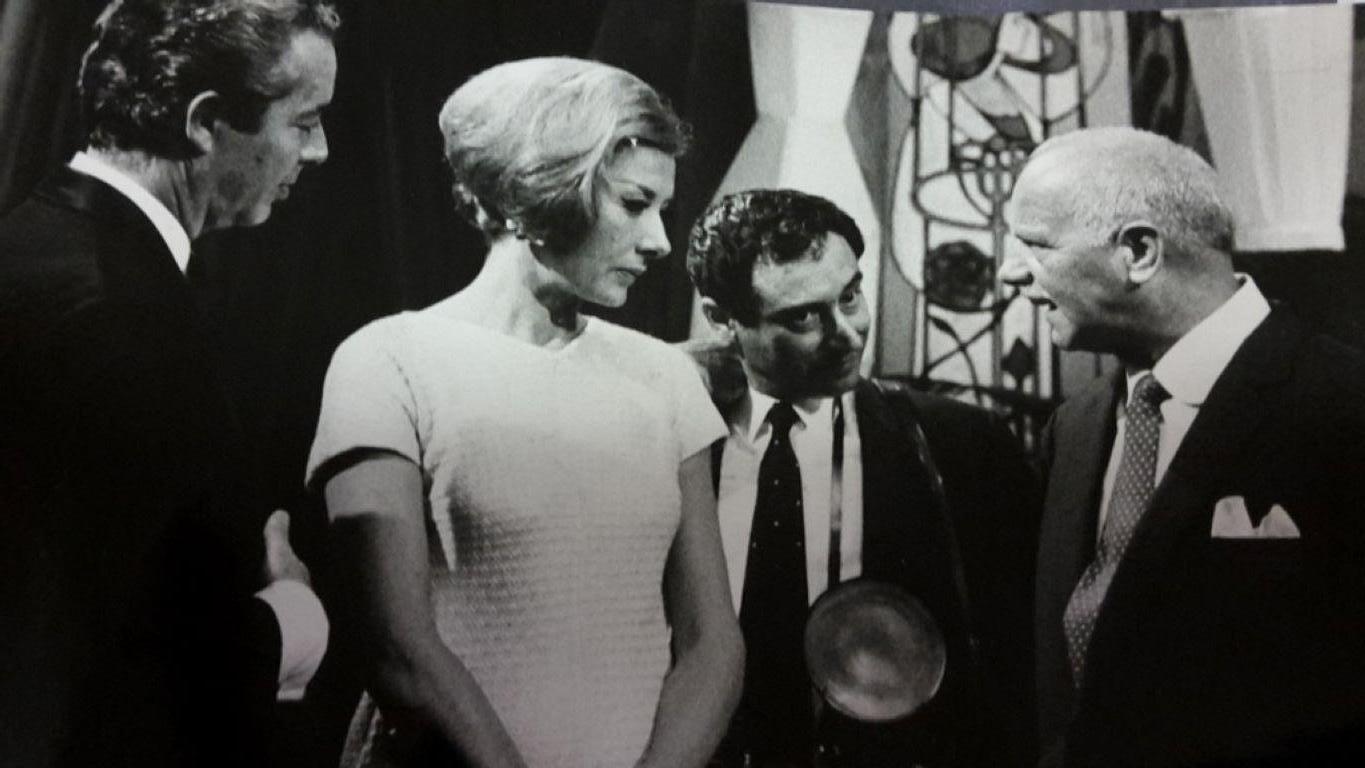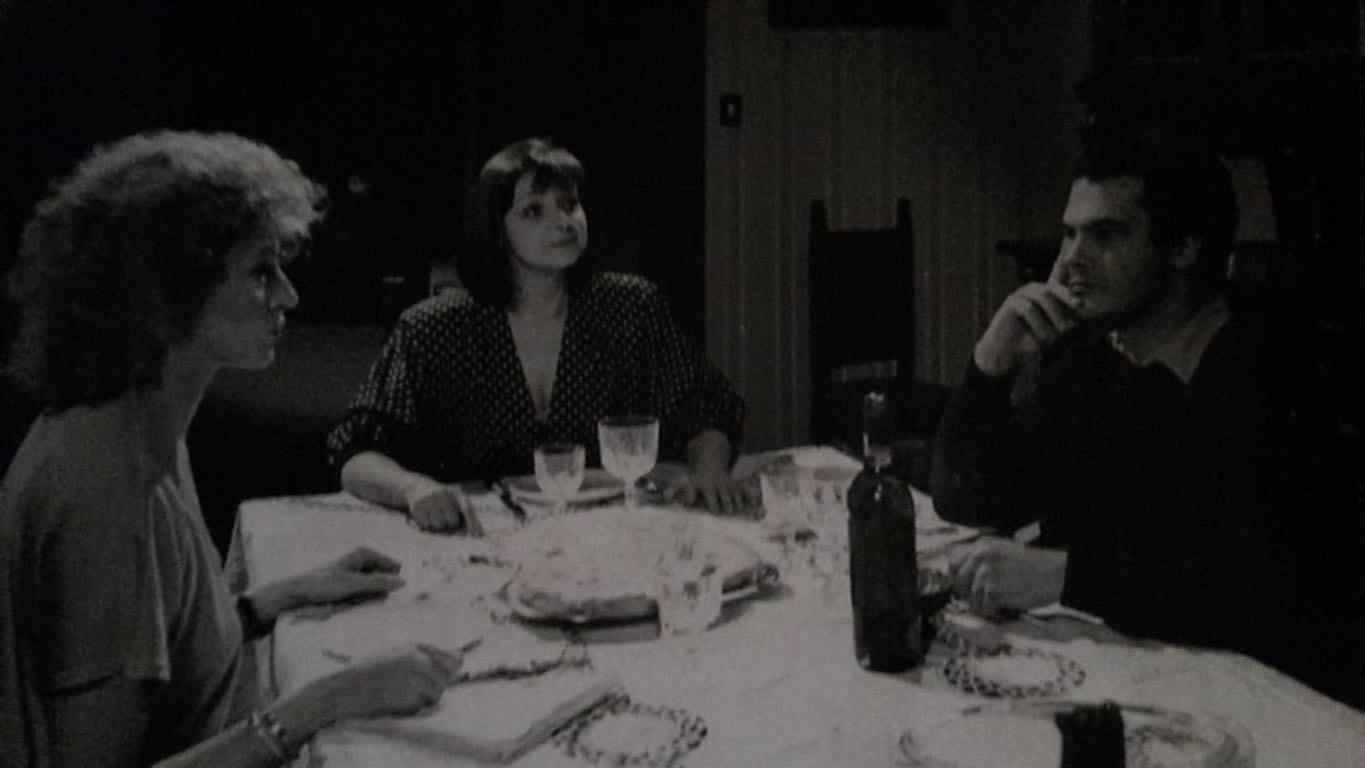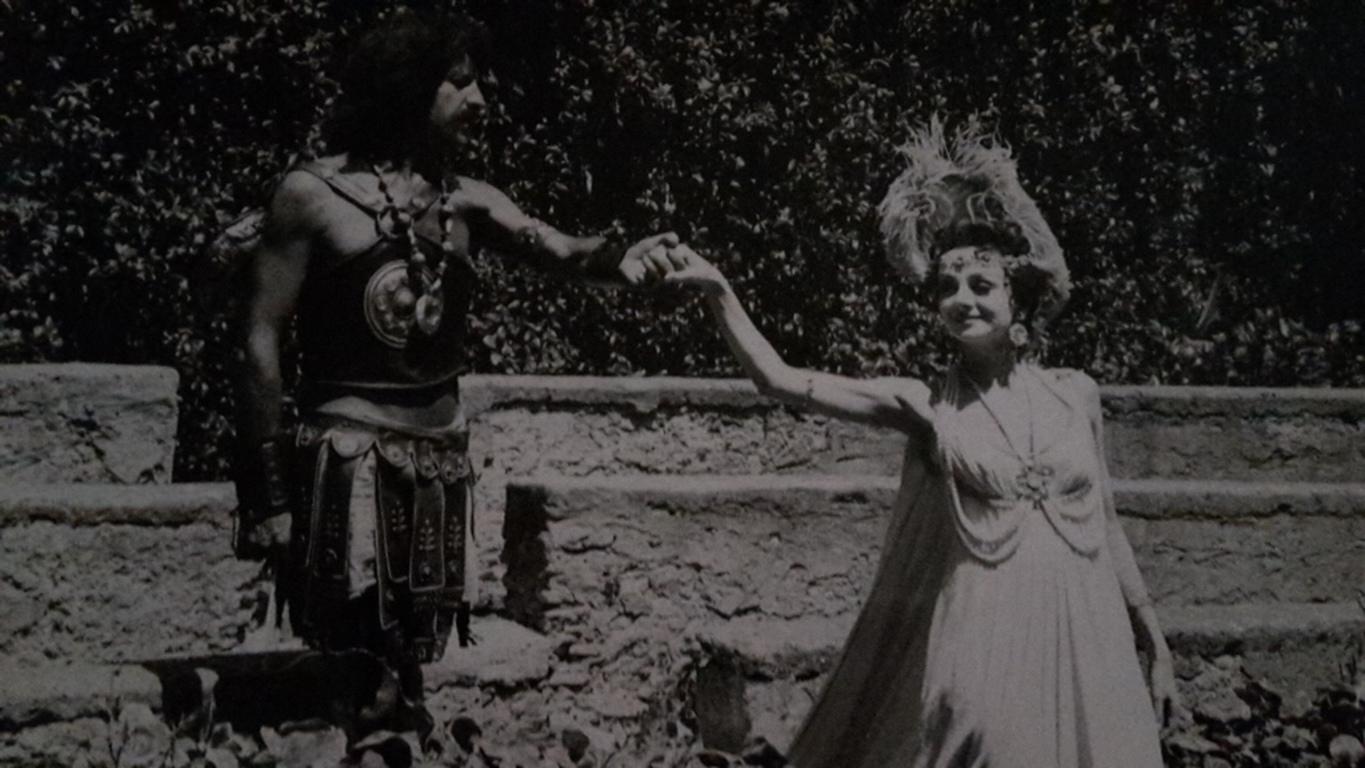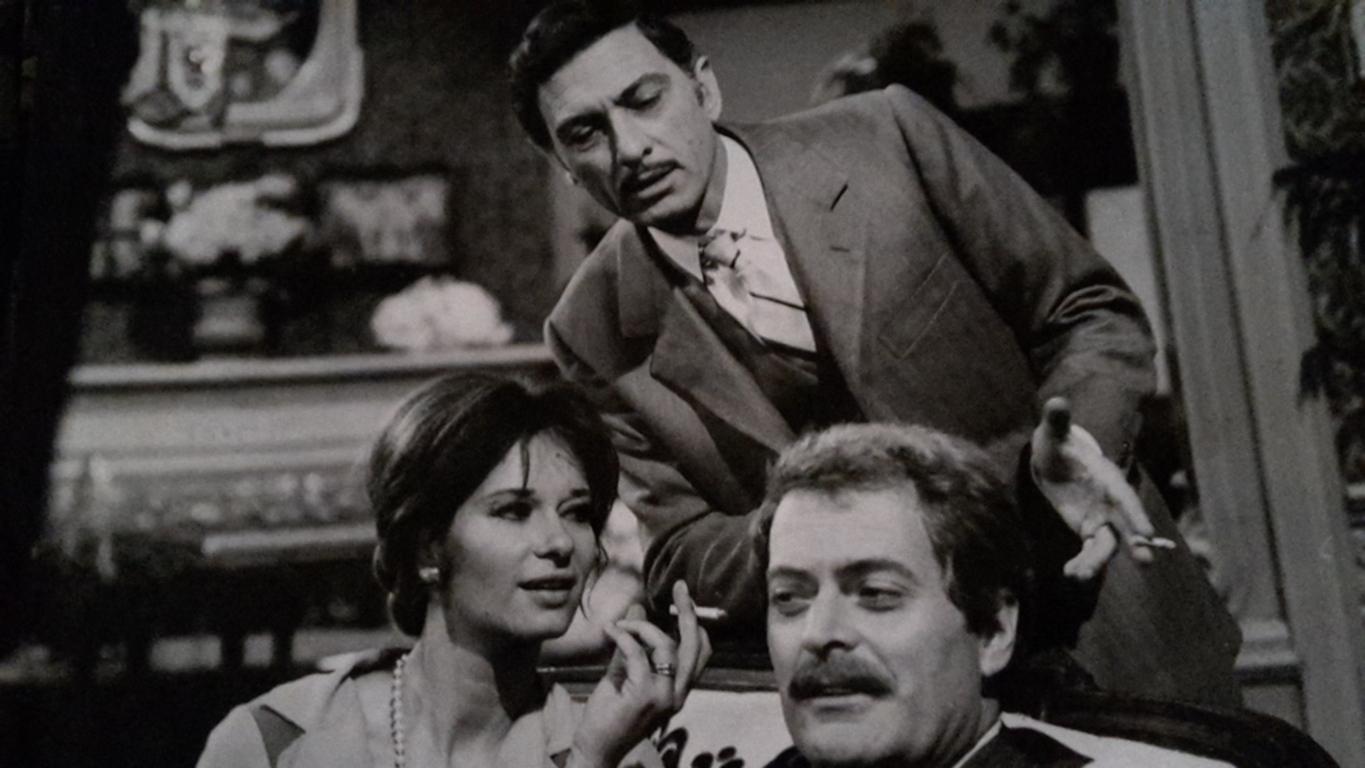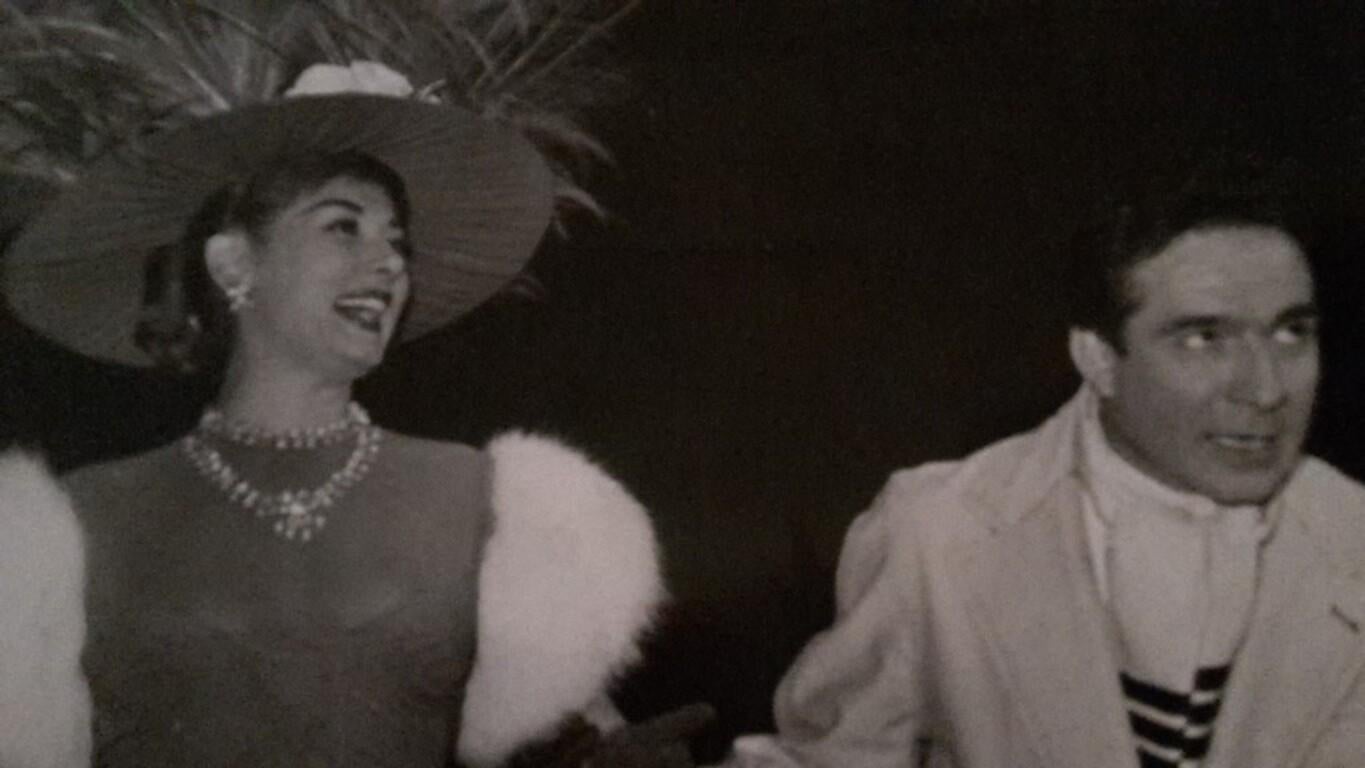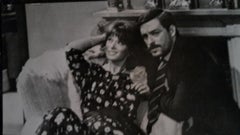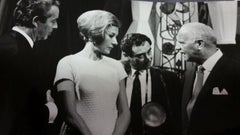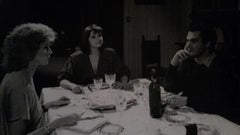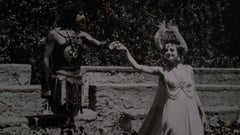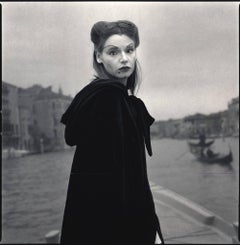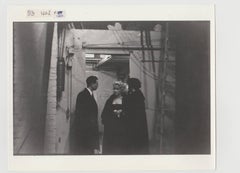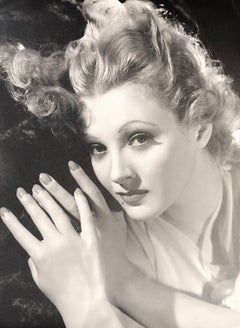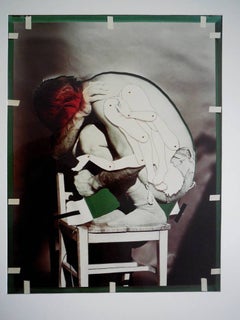Items Similar to The Italian Actress Milena Vukotic - Vintage photo - 1980s
Want more images or videos?
Request additional images or videos from the seller
1 of 2
UnknownThe Italian Actress Milena Vukotic - Vintage photo - 1980s1980s
1980s
$95.82
£71.01
€80
CA$130.81
A$145.52
CHF 76.28
MX$1,778.25
NOK 971.39
SEK 914.43
DKK 609.11
Shipping
Retrieving quote...The 1stDibs Promise:
Authenticity Guarantee,
Money-Back Guarantee,
24-Hour Cancellation
About the Item
Vintage Photo.
The Italian Actress Milena Vukotic in a scene from "La Miliardaria", a TV edition of the play by Bernard Shaw.
- Creation Year:1980s
- Dimensions:Height: 7.21 in (18.3 cm)Width: 9.45 in (24 cm)Depth: 0.04 in (1 mm)
- Medium:
- Movement & Style:
- Period:
- Framing:Framing Options Available
- Condition:Insurance may be requested by customers as additional service, contact us for more information.
- Gallery Location:Roma, IT
- Reference Number:Seller: J-336451stDibs: LU650314878232
About the Seller
4.9
Platinum Seller
Premium sellers with a 4.7+ rating and 24-hour response times
1stDibs seller since 2017
7,617 sales on 1stDibs
Typical response time: 3 hours
- ShippingRetrieving quote...Shipping from: Monaco, Monaco
- Return Policy
Authenticity Guarantee
In the unlikely event there’s an issue with an item’s authenticity, contact us within 1 year for a full refund. DetailsMoney-Back Guarantee
If your item is not as described, is damaged in transit, or does not arrive, contact us within 7 days for a full refund. Details24-Hour Cancellation
You have a 24-hour grace period in which to reconsider your purchase, with no questions asked.Vetted Professional Sellers
Our world-class sellers must adhere to strict standards for service and quality, maintaining the integrity of our listings.Price-Match Guarantee
If you find that a seller listed the same item for a lower price elsewhere, we’ll match it.Trusted Global Delivery
Our best-in-class carrier network provides specialized shipping options worldwide, including custom delivery.More From This Seller
View AllThe Italian Actress Lea Massari - Vintage Photograph - 1970s
Located in Roma, IT
Vintage Photo.
The Italian Actress Lea Massari.
Category
1970s Contemporary Figurative Photography
Materials
Photographic Paper
The Italian Actress Lauretta Masiero - Vintage photo - 1970s
Located in Roma, IT
Vintage Photo.
The Italian Actress Lauretta Masiero.
Category
1970s Contemporary Figurative Photography
Materials
Photographic Paper
The Italian Actress Milena Vukotic - Vintage photo - 1980s
Located in Roma, IT
Vintage Photo.
The Italian Actress Milena Vukotic in a scene from "Lasciamoci così: Silvestri contro Obregon", by Terry D'Alfonso.
Category
1980s Contemporary Figurative Photography
Materials
Photographic Paper
The Italian Actress Milena Vukotic - Vintage photo - 1980s
Located in Roma, IT
Vintage Photo.
A scene from the movie "L'Alessandro nell'Indie", by Pietro Metastasio.
Category
1980s Contemporary Figurative Photography
Materials
Photographic Paper
The Italian Actress Lea Massari - Vintage Photograph - 1970s
Located in Roma, IT
Vintage Photo.
The Italian Actress Lea Massari on the set of a movie.
Category
1970s Contemporary Figurative Photography
Materials
Photographic Paper
The Italian Actress Lauretta Masiero - Vintage photo - 1970s
Located in Roma, IT
Vintage Photo.
The Italian Actress Lauretta Masiero on the set of a movie.
Category
1970s Contemporary Figurative Photography
Materials
Photographic Paper
You May Also Like
Viviana Ceppa as Innamorata
By Hiroshi Watanabe
Located in Sante Fe, NM
In the series “Comedy of Double Meaning’ Japanese photographer Hiroshi Watanabe photographs members of a Venetian theatrical troupe, the Pantakin Company, dressed as Pulcinella, Inna...
Category
2010s Contemporary Black and White Photography
Materials
Silver Gelatin
Marilyn Monroe, unique print of 1988 from original negative
By Edward Feingersh
Located in Cologne, DE
Ed Feingersh photographed Marilyn Monroe for Redbook magazine in March 1955 for a story which would follow Monroe through her daily routine, the photography to be candid and shot wit...
Category
1950s Modern Black and White Photography
Materials
Silver Gelatin
Laszlo Willinger, "Ilona Massey, " original vintage photograph
By Laszlo Willinger
Located in Chatsworth, CA
This piece is an original vintage photograph from the original negative, taken by Laszlo Willinger in 1939. It depicts Hungarian film, stage and radio performer, Ilona Massey. Massey is best known for her roles in "Frankenstein Meets the Wolf Man...
Category
1930s Modern Portrait Photography
Materials
Photographic Paper
Rare Harry Bowers Vintage C Print Photograph From Ten Photographs Fashion Photo
By Harry Bowers
Located in Surfside, FL
HARRY BOWERS
T E N P H O T O G R A P H S
I DON'T LOOK FOR PHOTOGRAPHS I INVENT THEM
I recall my first meeting with Harry Bowers in California a few years ago. As he produced his large-scale prints, I was at first flabbergasted, not only by their size, but by their seamless perfection. Technique appeared to be everything but then technique as technique simply vanished. After the first moment, technique was no longer an issue, but rather a passageway to the imagery.
Suffice it to say about Harry Bowers' working style that he is an obsessive man. Trained as an engineer, he has turned that discipline to art. His lenses, equipment and darkroom, much of it exactingly manufactured by himself to answer certain needs, serve the desire of the artist to take photographic technique to its ultimate perfection in invisibility and transparency. I respect obsession in art, and particularly in photography, because obsession in photography passes beyond the easy, middle ground of image making to a more demanding, more difficult, yet more rewarding end. Bowers' obsession is to eliminate "photography as technique." No grain, no decisive moments, no journalism, or, seemingly, direct autobiographical endeavors appear in his work.
Bowers is an artist of synthesis who controls his environment if only in the studio exactly to his liking. The images he creates are formal structures, saucy stories on occasion, which may offer hints of a darker, more frightening sexuality, but what you see is the end product of an experiment in which nothing save the original insight perhaps is left to chance.
We seem fascinated with the idea of replication of reality in art. Popular painting frequently reproduces a scene "with the accuracy of a photograph," and photographs may "make you feel as though you were right there." The very invisibility of the photographic medium is important to Bowers, in that it allows him to maneuver his subject matter without concern for rendering it in an obvious art medium which would interfere with the nature of the materials he uses. The formal subtleties of Bowers' recent work are as delicious and ambiguous in their interrelationships as the best Cubist collages, yet while those collages always suggest their parts through edge and texture, these photographs present a structure through a surface purity.
Bowers' earlier works, for example, the Skirts I Have Known series, were formed of bits of clothing belonging to Bowers and his wife or found at local thrift shops. These works fused an elegance of pattern and texture, reminiscent of Miriam Shapiro...
Category
1980s Photography
Materials
Photographic Paper
Rare Large Harry Bowers Vintage C Print Photograph Ten Photographs Fashion Photo
By Harry Bowers
Located in Surfside, FL
HARRY BOWERS
T E N P H O T O G R A P H S
I DON'T LOOK FOR PHOTOGRAPHS I INVENT THEM
I recall my first meeting with Harry Bowers in California a few years ago. As he produced his large-scale prints, I was at first flabbergasted, not only by their size, but by their seamless perfection. Technique appeared to be everything but then technique as technique simply vanished. After the first moment, technique was no longer an issue, but rather a passageway to the imagery.
Suffice it to say about Harry Bowers' working style that he is an obsessive man. Trained as an engineer, he has turned that discipline to art. His lenses, equipment and darkroom, much of it exactingly manufactured by himself to answer certain needs, serve the desire of the artist to take photographic technique to its ultimate perfection in invisibility and transparency. I respect obsession in art, and particularly in photography, because obsession in photography passes beyond the easy, middle ground of image making to a more demanding, more difficult, yet more rewarding end. Bowers' obsession is to eliminate "photography as technique." No grain, no decisive moments, no journalism, or, seemingly, direct autobiographical endeavors appear in his work.
Bowers is an artist of synthesis who controls his environment if only in the studio exactly to his liking. The images he creates are formal structures, saucy stories on occasion, which may offer hints of a darker, more frightening sexuality, but what you see is the end product of an experiment in which nothing save the original insight perhaps is left to chance.
We seem fascinated with the idea of replication of reality in art. Popular painting frequently reproduces a scene "with the accuracy of a photograph," and photographs may "make you feel as though you were right there." The very invisibility of the photographic medium is important to Bowers, in that it allows him to maneuver his subject matter without concern for rendering it in an obvious art medium which would interfere with the nature of the materials he uses. The formal subtleties of Bowers' recent work are as delicious and ambiguous in their interrelationships as the best Cubist collages, yet while those collages always suggest their parts through edge and texture, these photographs present a structure through a surface purity.
"I follow fashion. I have closets literally full of clothes. I am a full-blown Comme des Garçons and Prada freak. I love clothes themselves as objects, and I also love the glossies – my love of fashion is how I discovered Wallpaper magazine" Bowers' earlier works, for example, the Skirts I Have Known series, were formed of bits of clothing belonging to Bowers and his wife or found at local thrift shops. These works fused an elegance of pattern and texture, reminiscent of Miriam Shapiro...
Category
1980s Photography
Materials
Photographic Paper
Marilyn Monroe, unique print of 1988 from original negative
By Edward Feingersh
Located in Cologne, DE
Ed Feingersh photographed Marilyn Monroe for Redbook magazine in March 1955 for a story which would follow Monroe through her daily routine, the photography to be candid and shot wit...
Category
1950s Modern Black and White Photography
Materials
Silver Gelatin
More Ways To Browse
Cloud Sculpture
Limited Edition Signed Artist Books
Bonnard Lithographs
Picasso Signature
Robert Stone
Vintage Club International
Israeli Lithograph
Botanical Plates
Mid Century Japanese Prints
New York 1980s Street Art
Vintage Etching Press
Vintage Asian Art Prints
Vintage Military Signs
Contemporary Art Tile
Michael Story
Museum Quality Fashion
Stone Arch
Tall Contemporary Sculpture
